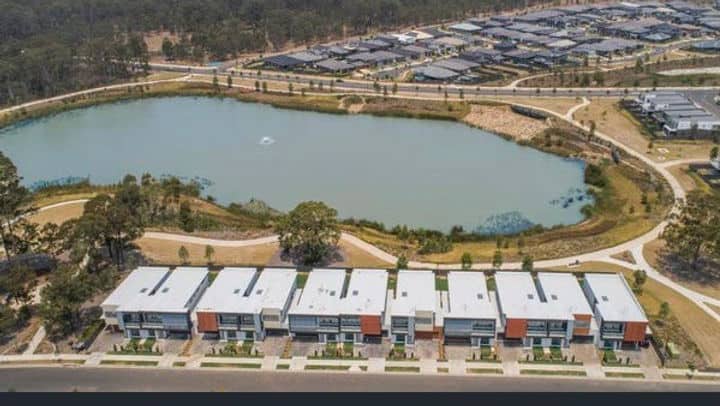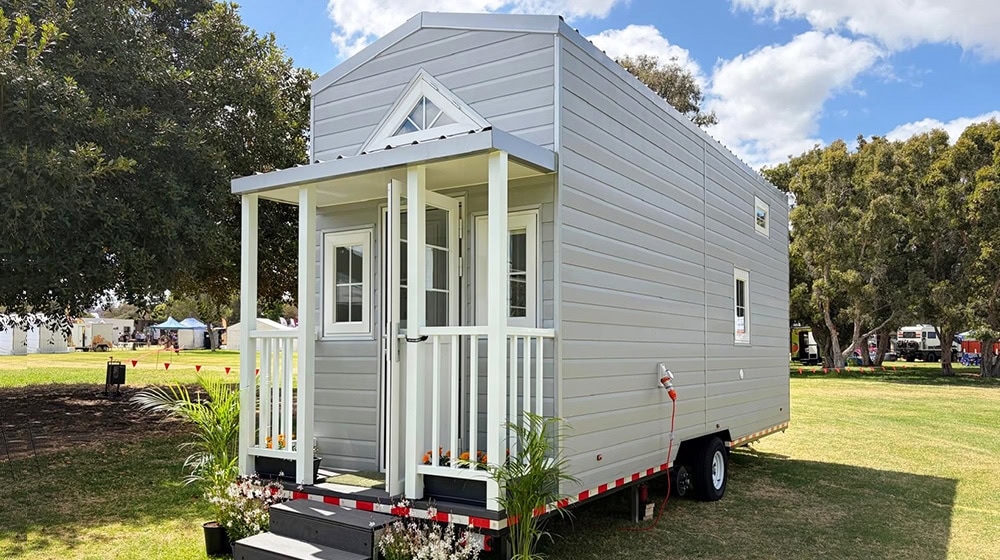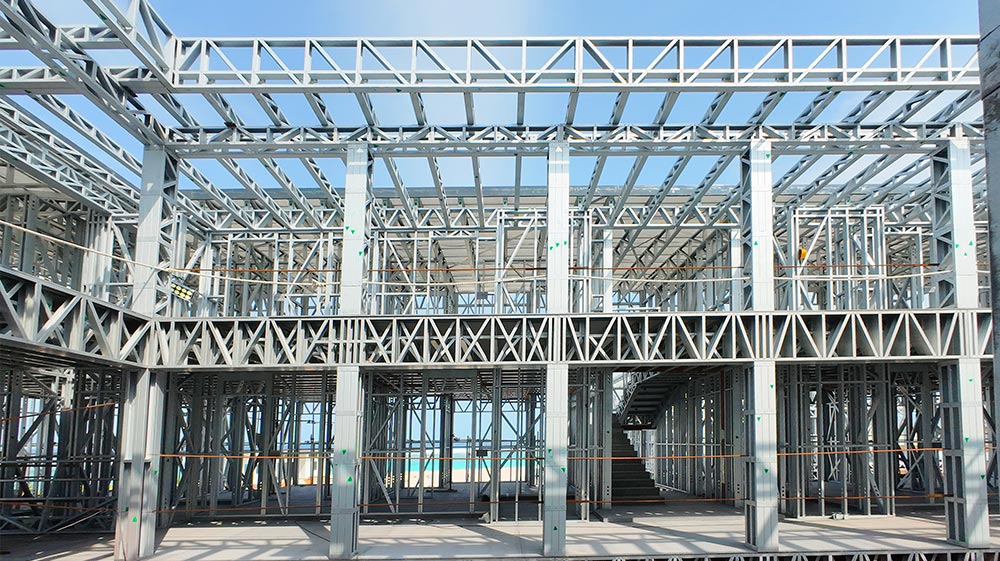
Stagflation is a challenging economic condition for single-family home builders. As inflation rises, the cost of materials, labor, and financing all increase, making it more difficult to turn a profit. However, there are steps that home builders can take to mitigate the impact of stagflation and maintain a healthy business. In this blog, we’ll explore some strategies that single-family home builders can use to fight against economic stagflation.
1.Adapt to changing market conditions
One of the most important strategies for fighting stagflation is to adapt to changing market conditions. Inflation can have a significant impact on the demand for single-family homes, as rising costs can make it more difficult for buyers to afford a new home. Builders need to be aware of these changes and adjust their strategies accordingly.
For example, builders can focus on building smaller, more affordable homes that are accessible to a wider range of buyers. They can also look for ways to reduce costs by using alternative building materials or changing their construction processes.
2.Manage supply chain costs
The rising cost of materials is one of the most significant challenges for home builders during stagflation. Builders need to be proactive in managing their supply chain costs to ensure that they can maintain their margins.
One strategy is to negotiate better prices with suppliers. For example, builders can imported materials from qualified suppliers in China directly such as DEEPBLUE SMARTHOUSE. Builders can also look for ways to reduce waste and improve efficiency in their construction processes. Another option is to diversify their suppliers, which can help to mitigate the risk of price increases from a single source.
3. Control labor costs
The cost of labor is another key factor in the profitability of single-family home builders. During stagflation, labor costs can rise rapidly, putting pressure on builders’ margins.
One way to control labor costs is to invest in training and development programs for employees. By improving their skills and knowledge, workers can become more productive, which can help to offset the impact of rising wages. Builders can also look for ways to streamline their construction processes, such as using prefabricated components or modular construction methods.
4.Innovate and differentiate
During economic stagflation, it’s essential for home builders to find ways to differentiate themselves from the competition. Builders need to innovate and offer unique features that can help to attract buyers and maintain profitability.
For example, builders can focus on prefabricated steel frame homes that can help buyers save money on utilities in the long run. They can also look for ways to incorporate smart home technology or other innovative features that can set their homes apart from the competition.
Conclusion
Stagflation is a challenging economic condition for single-family home builders, but it’s not insurmountable. By adapting to changing market conditions, managing supply chain and labor costs, and innovating and differentiating their products, builders can maintain profitability even in challenging times. It’s essential for builders to be proactive and take a strategic approach to managing their businesses during stagflation, and by doing so, they can continue to thrive in the long term.



